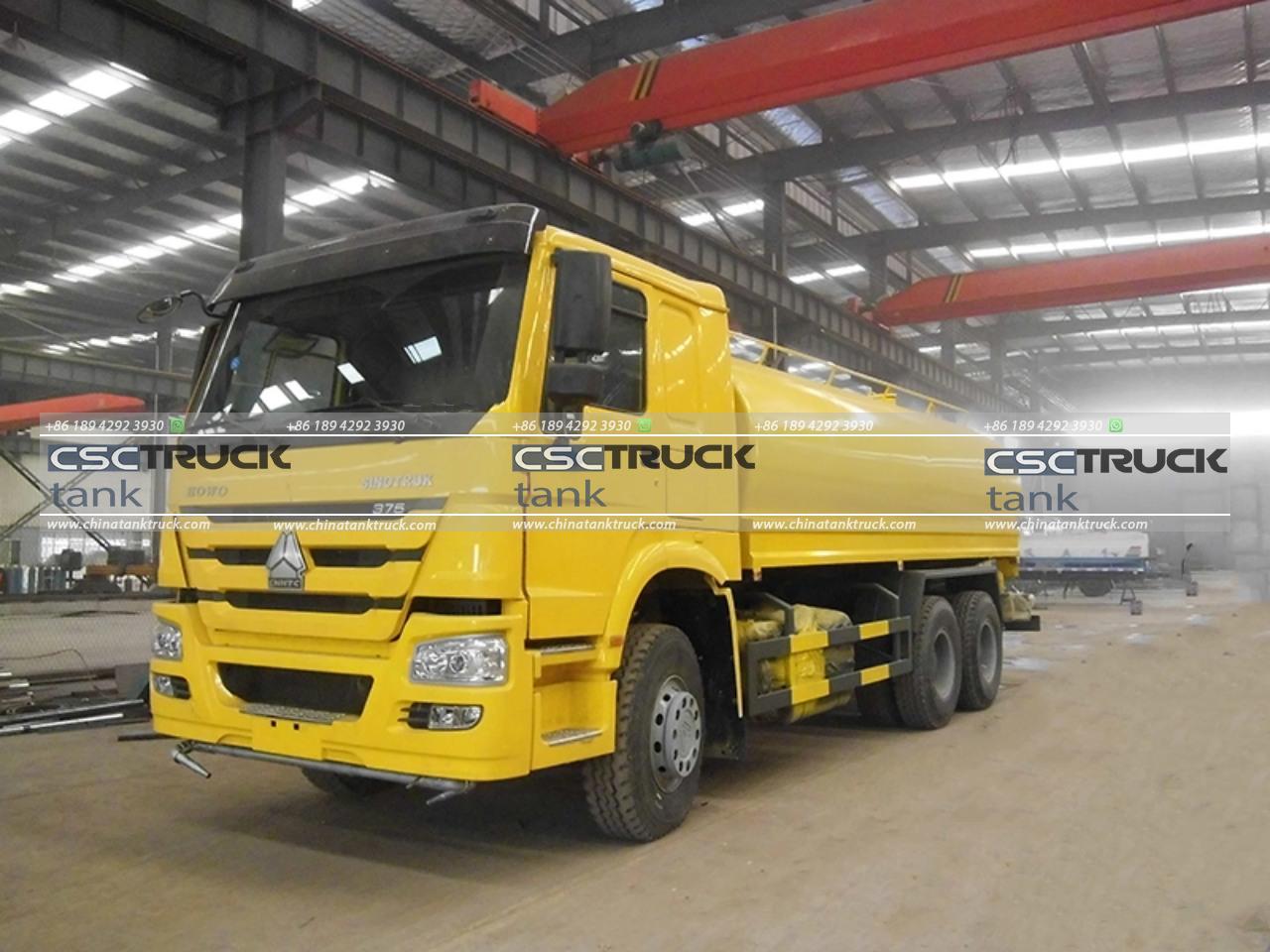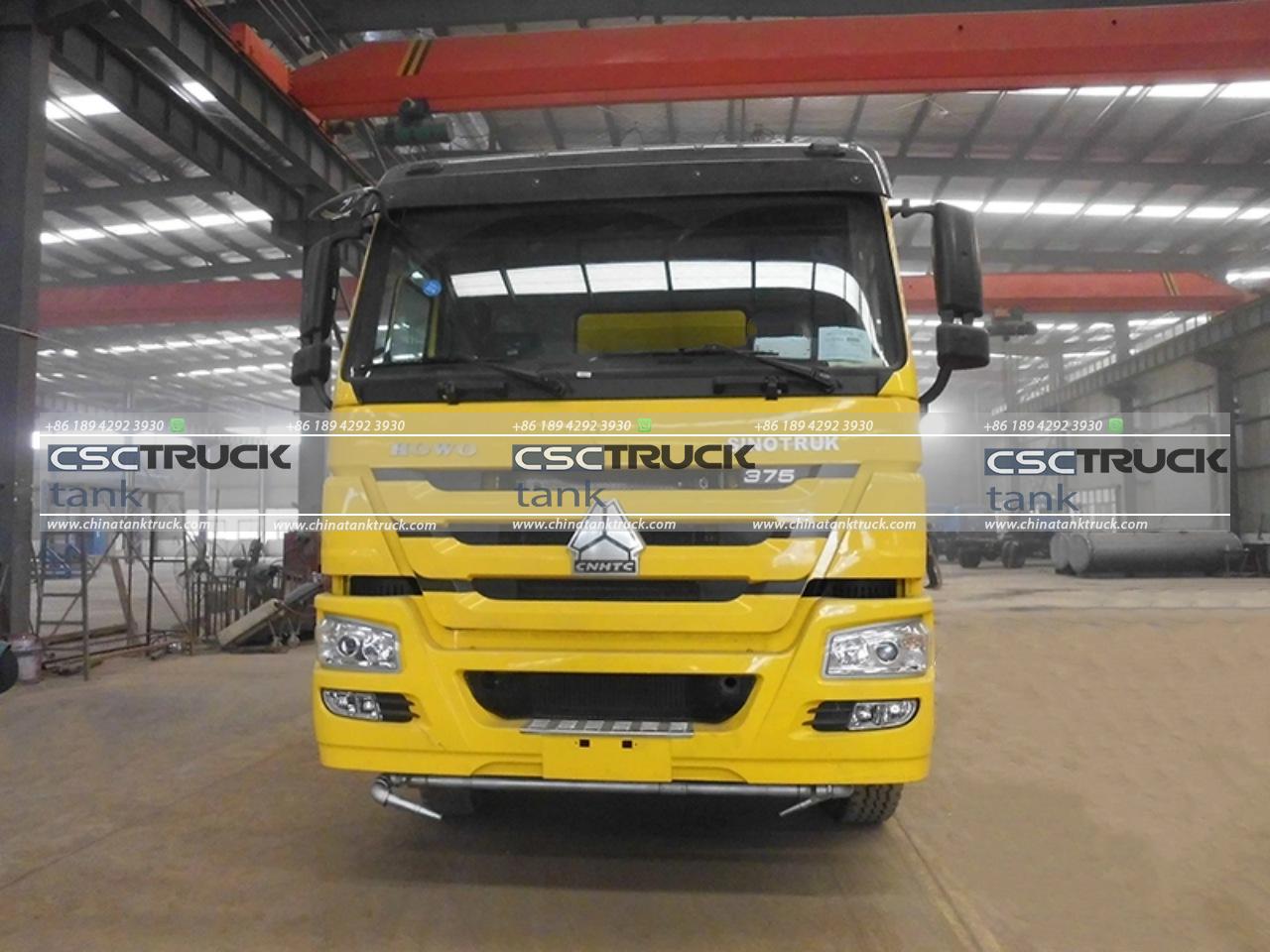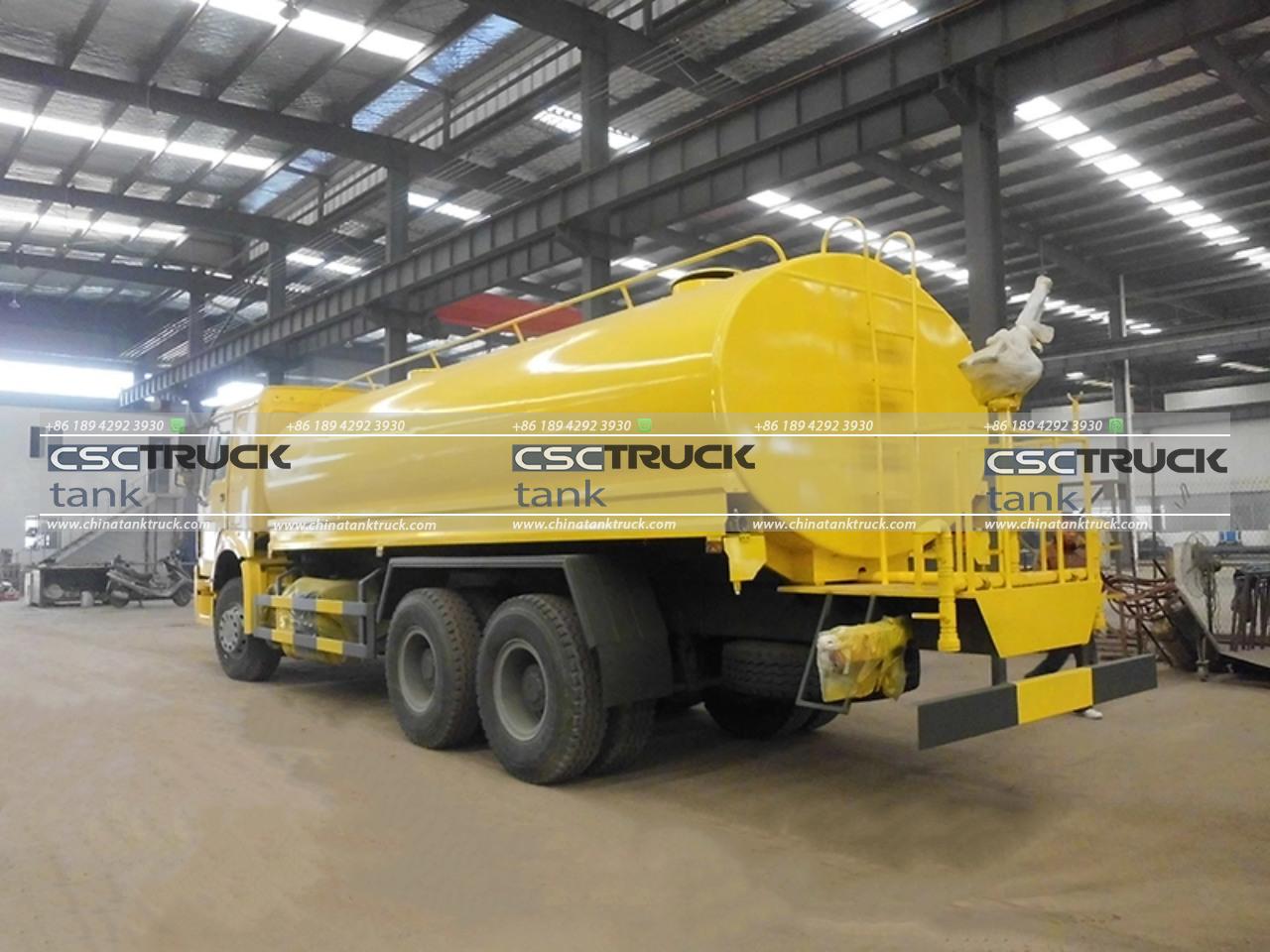How Does a Water Tanker Work?
Water tankers play a crucial role in the transportation and distribution of water, especially in regions where access to clean water is limited or in situations where there is an emergency need for water, such as during droughts, firefighting, or construction projects. Understanding how a water tanker works involves exploring its design, functionality, and the processes involved in delivering water efficiently and safely.
1. Design and Components of a Water Tanker
A water tanker is essentially a large vehicle with a mounted tank specifically designed to carry water. These tankers come in various sizes and capacities, depending on their intended use. The design of a water tanker revolves around ensuring the safe transportation of water while maintaining its quality. The key components of a water tanker include:
– The Tank: The tank is the most prominent feature of a water tanker. It is usually made of materials like stainless steel, aluminum, or sometimes, durable plastics, all of which are resistant to corrosion and contamination. The size of the tank varies, with capacities ranging from a few hundred to several thousand gallons. The tank is cylindrical, which helps in maintaining the stability of the vehicle and evenly distributing the load.
– Pumps: Pumps are essential for the operation of a water tanker. These are used to fill the tank with water and to discharge it when required. The pumps can be powered by the vehicle’s engine or have a separate power source. High-capacity pumps are essential in ensuring that water can be quickly loaded and unloaded.
– Valves and Hoses: Valves control the flow of water into and out of the tank. They are strategically placed at various points in the system to allow precise control over water distribution. Hoses are used to connect the tanker to water sources during filling and to distribute water during discharge.
– Monitoring and Control Systems: Modern water tankers often come equipped with monitoring systems that provide real-time data on water levels, pressure, and flow rates. These systems ensure efficient operation and prevent overfilling or underfilling of the tank.
– Chassis and Suspension: The vehicle’s chassis and suspension are designed to handle the heavy weight of the water, ensuring stability and safety during transport. The chassis must be robust enough to carry the full load of water while the suspension system helps in absorbing shocks and maintaining a smooth ride.

2. Filling the Water Tanker
The process of filling a water tanker is a critical operation that requires careful planning and execution. The water source can vary depending on the location and purpose of the tanker. Common sources include:
– Fire Hydrants: In urban areas, fire hydrants are a common source of water for tankers. The tanker is connected to the hydrant using hoses, and water is pumped into the tank. The process involves opening the hydrant valve, allowing water to flow through the hose and into the tanker. The flow rate is controlled to prevent overfilling or damaging the tank.
– Natural Water Sources: In rural or remote areas, natural water sources such as rivers, lakes, or reservoirs may be used. In these cases, the tanker is equipped with a suction hose, which is placed into the water source. The pump creates a vacuum that draws water into the tank. Special filters may be used to remove debris or contaminants from the water before it enters the tank.
– Water Treatment Plants: Water tankers can also be filled directly from water treatment plants, ensuring that the water being transported is safe and clean for consumption. This is especially important in situations where the water is intended for drinking or irrigation.
3. Transportation and Distribution of Water
Once the tanker is filled, the water needs to be transported to its destination. The transportation process involves several considerations to ensure safety and efficiency:
– Weight Distribution: The weight of the water is significant, and proper distribution within the tank is essential for the stability of the vehicle. The baffles, or internal partitions within the tank, help prevent water from sloshing around during transport, which could otherwise destabilize the vehicle.
– Route Planning: The route taken by the water tanker needs to be carefully planned, especially if the roads are narrow, uneven, or have height restrictions. The driver must be experienced in handling heavy vehicles and aware of the road conditions to avoid accidents.
– Speed Control: Due to the heavy load, water tankers require careful speed control, particularly when navigating turns or steep inclines. Sudden stops or sharp turns can lead to water movement within the tank, which could cause the vehicle to tip over.
When the tanker reaches its destination, the process of distributing the water begins. The method of distribution depends on the intended use of the water:
– Direct Discharge: In emergencies like firefighting, water is directly discharged from the tanker using high-pressure hoses. The water is pumped out at a high rate to ensure it reaches the target area effectively.
– Storage Tanks: In situations where water is being delivered for consumption or irrigation, it is often transferred to storage tanks at the destination. This is done using hoses and valves, with the flow rate controlled to prevent spillage.
– Spraying Systems: Some water tankers are equipped with spraying systems that allow for even distribution of water over a large area. This is commonly used for dust suppression on construction sites or in agricultural settings for irrigation.

4. Maintenance and Safety Considerations
Maintaining a water tanker is essential for ensuring its longevity and safe operation. Regular inspections are necessary to check for any signs of wear and tear, especially in the tank, hoses, and pumps. Any leaks or damages need to be repaired promptly to prevent contamination or loss of water.
– Cleaning the Tank: The inside of the tank must be cleaned regularly to prevent the growth of algae, bacteria, or mold. This is particularly important if the tanker is used for transporting drinking water. Special cleaning agents that do not leave harmful residues are used for this purpose.
– Pump Maintenance: The pumps need to be regularly serviced to ensure they operate at optimal efficiency. This includes checking for any blockages, or wear on the pump impellers, and ensuring that the seals are intact.
– Safety Checks: Safety is paramount when operating a water tanker. Regular safety checks include inspecting the brakes, lights, and tires to ensure they are in good working condition. The tanker’s suspension system should also be checked to ensure it can handle the load safely.
5. Applications of Water Tankers
Water tankers are versatile and used in a wide range of applications:
– Emergency Response: In disaster situations such as fires, floods, or droughts, water tankers provide essential water supplies to affected areas.
– Construction: Water is needed on construction sites for concrete mixing, dust suppression, and other activities. Tankers ensure a steady supply of water where piped connections are unavailable.
– Agriculture: In agricultural areas, especially during dry seasons, water tankers deliver much-needed water for irrigation.
– Municipal Supply: In areas where the municipal water supply is insufficient, tankers are used to supplement the water supply for residential and commercial use.

Conclusion
Water tankers are vital in ensuring the availability of water in various settings, from urban areas to remote locations. Their design, functionality, and operation are geared toward the efficient, safe, and reliable transportation of water. Understanding how a water tanker works not only highlights its importance in everyday life but also underscores the complexity involved in managing one of the world’s most precious resources—water.

